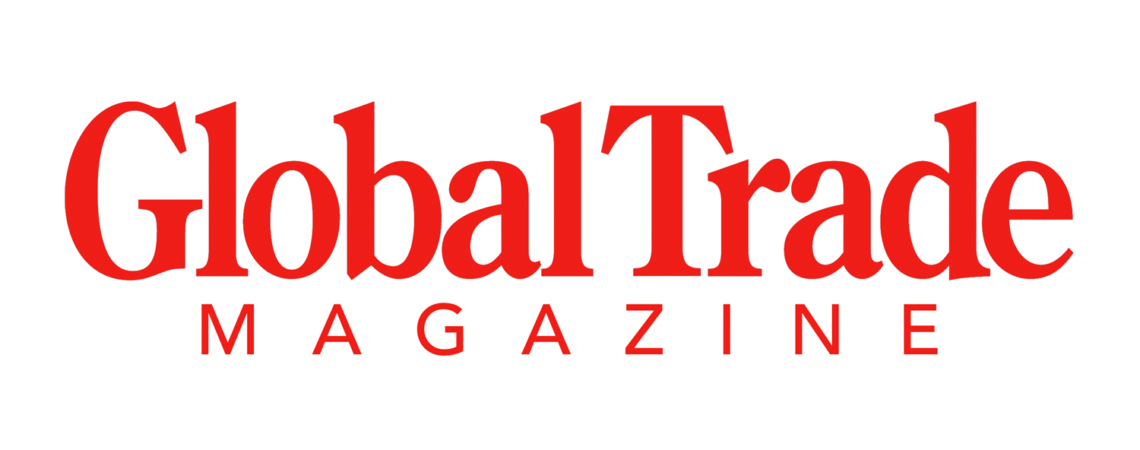The ongoing outbreak of coronavirus in China may affect garlic shipments into the U.S. and result in a shortage of garlic supplies, which firstly is to push the prices up. But then the question will arise: who will be able to compensate for this shortage and who will benefit from price increases?
Currently, near 30% of the U.S. garlic market is supplied by imports, which amounted to approx. 90K tonnes. From this amount, China constituted the largest supplier, accounting for 63% of total imports. In terms of domestic consumption, Chinese garlic holds a tangible share of 28% in the U.S market.
According to the report ‘U.S. – Garlic – Market Analysis, Forecast, Size, Trends and Insights’ by IndexBox, the revenue of the U.S. garlic market rose 6% in 2018 to $1.1B. This figure reflects the total revenues of producers and importers (excluding logistics costs, retail marketing costs, and retailers’ margins, which are to be included in the final consumer price).
Driven by increasing demand for garlic in the U.S., the market is expected to continue an upward consumption trend over the next decade. Market performance is forecast to expand with an anticipated CAGR of +0.6% for the period from 2018 to 2030 (IndexBox estimates), which is projected to bring the market volume to 348K tonnes by the end of 2030.
Production in the U.S.
Garlic production in the U.S. stood at 237K tonnes in 2018, surging by 2.2% against the previous year. The total output volume increased at an average annual rate of +2.2% over the period from 2007 to 2018; however, the trend pattern indicated some noticeable fluctuations being recorded in certain years.
Garlic production peaked in 2018 and is likely to continue its growth in the near future. Garlic output in the U.S. indicated a measured increase, which was largely conditioned by measured growth of the harvested area and a relatively flat trend pattern in yield figures.
Local garlic producers constitute the first-tier challengers to buoy the supply if imports from China plummet. Domestic production currently supplies over 70% of the U.S. market, and the output is growing gradually. Moreover, U.S. manufacturers have already benefited from the rise of the import tariffs implemented by President Trump’s administration because this at some extent relaxed the price pressure on the market.
This, however, was not enough to provide the industry with strong growth impetus because any rapid expansion of the output is still hampered by tight pressure from cheaper and available imports from China.
Harvested Area in the U.S.
Garlic harvested area in the U.S. totaled 14K ha in 2018, surging by 2.9% against the previous year. The harvested area increased at an average annual rate of +2.9% over the period from 2007 to 2018; however, the trend pattern indicated some noticeable fluctuations being recorded over the period under review.
Over the period under review, the harvested area dedicated to garlic production attained its maximum in 2018 and is likely to see steady growth in the immediate term.
Yield in the U.S.
Average yield of garlic in the U.S. stood at 17 tonne per ha in 2018, standing approx. at the previous year. Over the period under review, the garlic yield continues to indicate a relatively flat trend pattern.
Imports into the U.S.
In 2018, approx. 90K tonnes of garlic were imported into the U.S.; jumping by 4.9% against the previous year. Overall, garlic imports continue to indicate remarkable growth. Over the period under review, garlic imports attained their peak figure in 2018 and are expected to retain its growth in the near future. In value terms, garlic imports stood at $203M (IndexBox estimates) in 2018.
To see the full article, click here.

